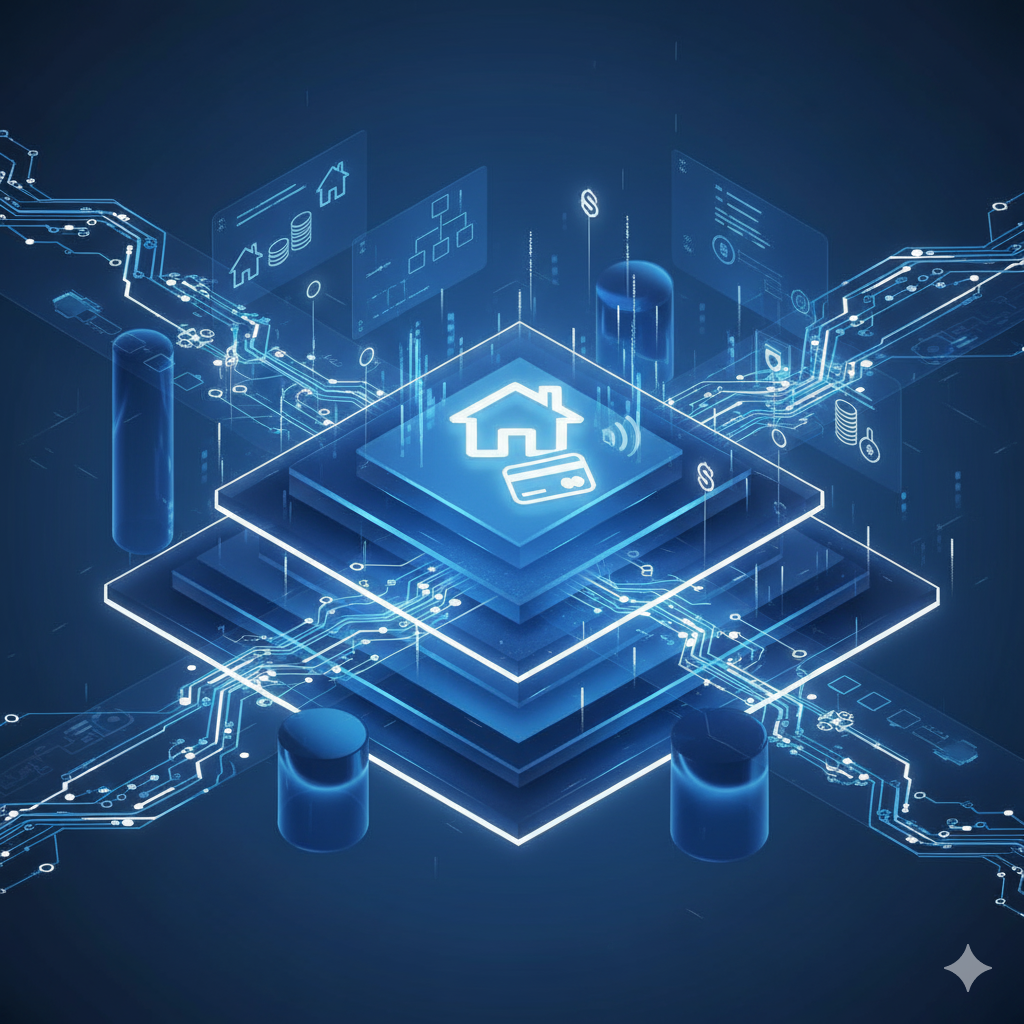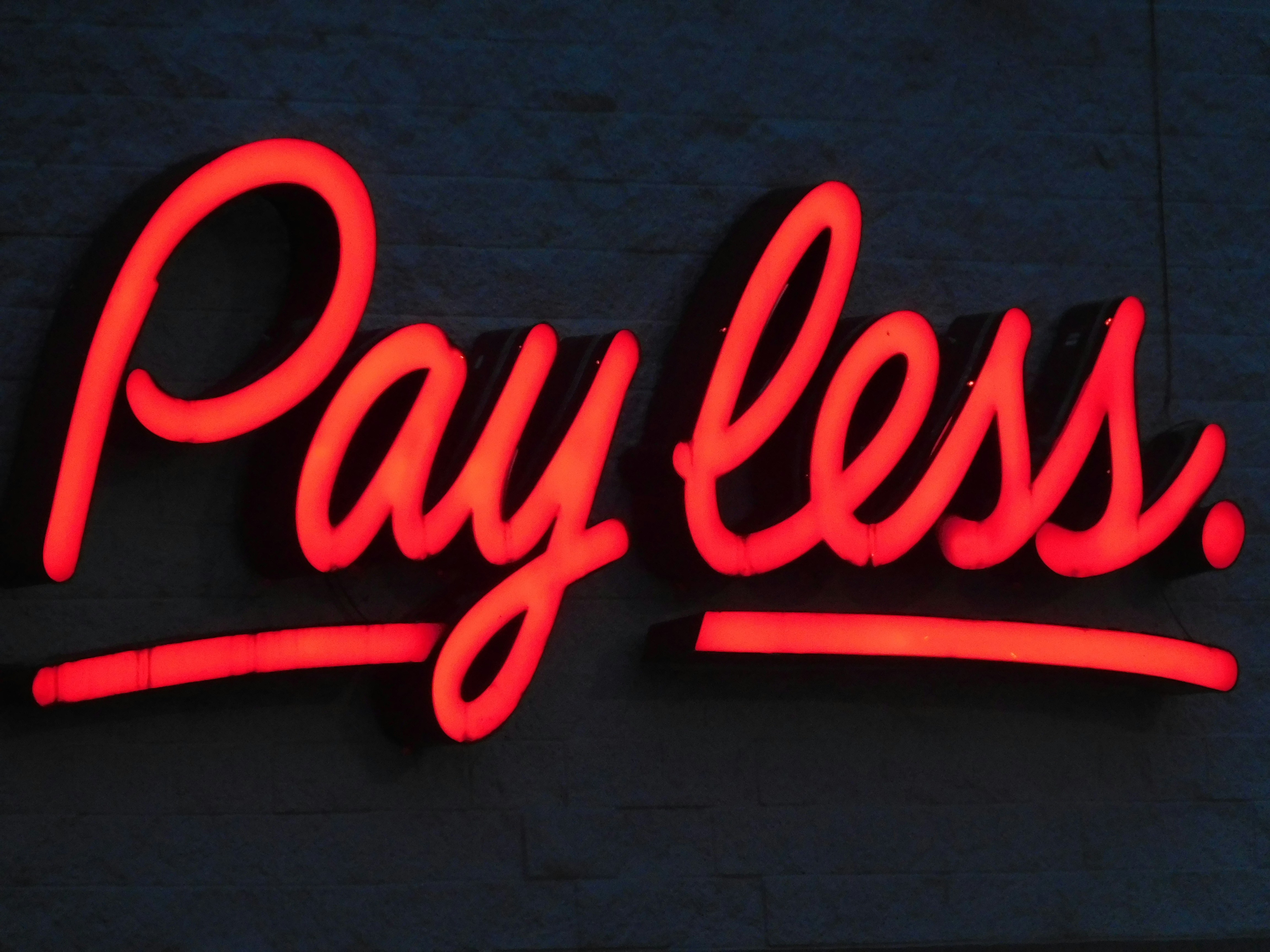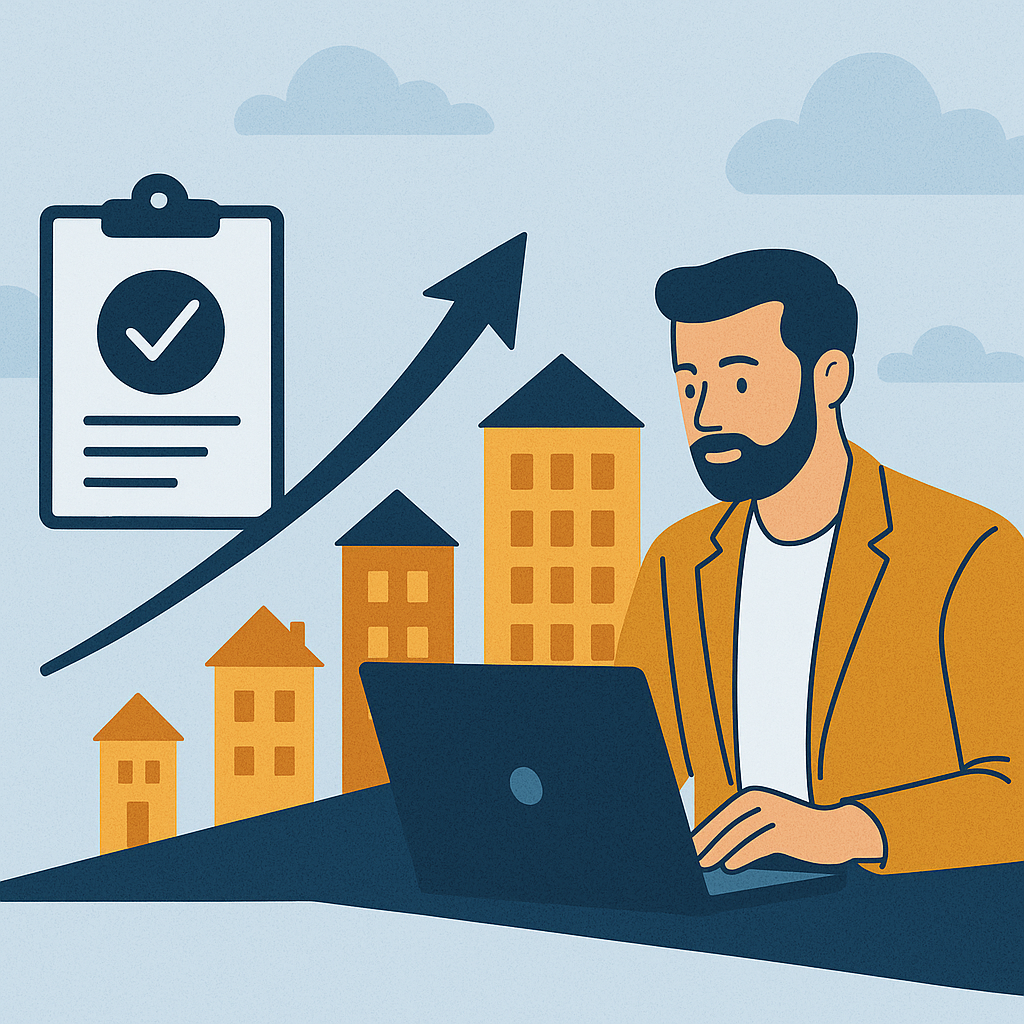Property Management
Managing one property is challenging enough–managing several at once is a completely different operation. You’re juggling multiple buildings, resident communications, maintenance schedules, financial reports, and staff across locations.
The right property management software doesn’t just store information; it connects your entire portfolio under one simple, scalable system.
Let’s break down what multi-property managers need, the challenges they face, and the software features that make it all manageable.
The Challenge of Managing Multiple Properties
Multi-property managers face a unique set of pressures:
- Fragmented systems. Spreadsheets, separate portals, and disconnected accounting tools lead to errors and wasted time.
- Inconsistent reporting. Each property has its own financials, but leadership needs unified insights.
- Team coordination. Maintenance, leasing, and accounting teams can’t operate efficiently when data lives in silos.
- Resident expectations. Whether you manage 10 units or 1,000, residents expect quick communication and seamless experiences.
That’s where purpose-built software comes in.
What to Look for in Multi-Property Management Software
1. Centralized Dashboard
You need one place to view everything–vacancy rates, rent payments, maintenance requests, and lease renewals across all properties.
How to know it’s good:
- You can filter and compare properties in seconds.
- Reports are portfolio-wide but can drill down by property or unit.
Why it matters: It gives you total visibility so you can make informed decisions without toggling between platforms.
2. Scalable Accounting and Reporting
Managing multiple properties means multiple budgets, accounts, and owners.
Look for:
- Property-level accounting with consolidated financial reports.
- Automated rent collection and disbursements to owners.
- Integrations with your preferred accounting tools.
Why it matters: Good software should let you generate both individual property P&Ls and a global snapshot of portfolio health–without manual exports.
3. Flexible Permissions and User Roles
You may have on-site staff, regional managers, and ownership groups who all need different levels of access.
Key features to demand:
- Role-based access control
- Audit logs for compliance
- Easy user management when adding or removing team members
Why it matters: Strong access control keeps operations secure and organized across multiple sites.
4. Unified Communication Tools
Managing residents across locations is smoother when everything–from rent reminders to maintenance updates–lives in one platform.
How to do it well:
- Send announcements by property or portfolio.
- Track message history to avoid duplicate outreach.
- Offer residents self-service options for payments and requests.
Why it matters: Less phone tag, more transparency, and happier residents.
5. Maintenance Management at Scale
A single missed work order can snowball into major costs. When you manage multiple sites, that risk multiplies.
What to look for:
- Centralized work order tracking
- Ability to assign tasks to specific properties or vendors
- Real-time updates for residents and staff
Why it matters: Virtual work orders save hours by letting residents upload photos or videos directly into the system–no more vague descriptions or wasted trips.
6. Fast Setup and Reliable Support
You don’t have time for a months-long implementation.
Look for vendors that:
- Offer guided onboarding
- Provide dedicated support from real people (not bots)
- Don’t charge hidden setup fees
The right software partner should help you go live in days, not quarters.
The Best Property Management Software for Multi-Property Portfolios
While there are plenty of options on the market, many systems are either too rigid for affordable housing and HOAs or too costly for mid-sized operators.
ExactEstate was built specifically for managers who oversee diverse portfolios.
You get:
- One login for all properties
- Custom reporting by property type or region
- Built-in accounting, maintenance, and resident portals
- No hidden fees or locked features
Managing multiple properties shouldn’t mean managing multiple systems. The right software unifies your operations–saving you time, money, and frustration–so your team can focus on what really matters: delivering great resident experiences and improving margins.










